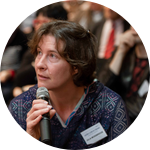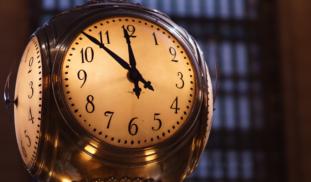Please wait...
About This Project
We plan to replicate and extend unpublished pilot results suggesting that photons to be emitted in the future affect interference patterns detected in the past. This may be a new example of quantum retrocausality (QR), in which choices in a quantum system seem to influence events in the past. This form of QR may be a candidate mechanism for precognition, the psychological and biological access to information about random future events.
More Lab Notes From This Project

Browse Other Projects on Experiment
Related Projects
Are we catching photons traveling in time?
We plan to replicate and extend unpublished pilot results suggesting that photons to be emitted in the future...




